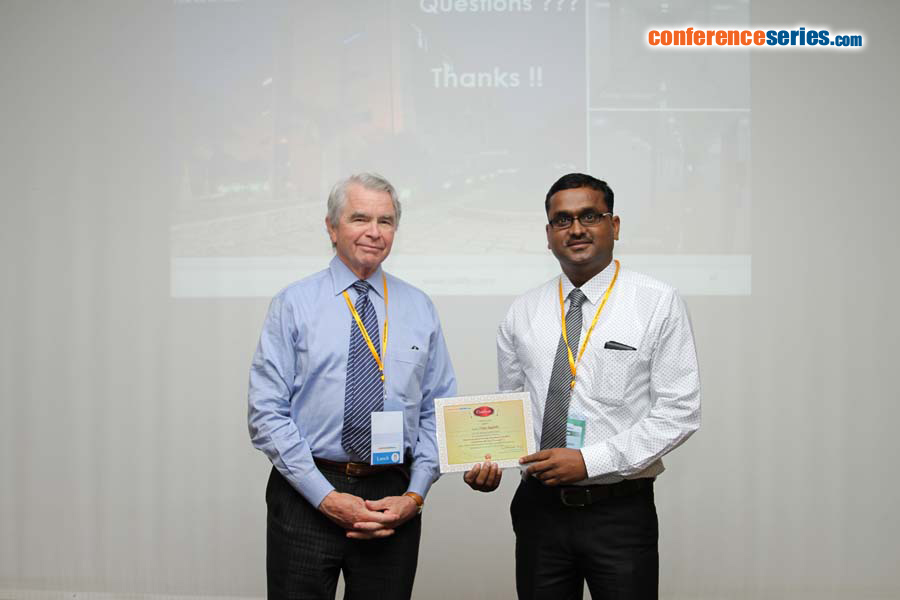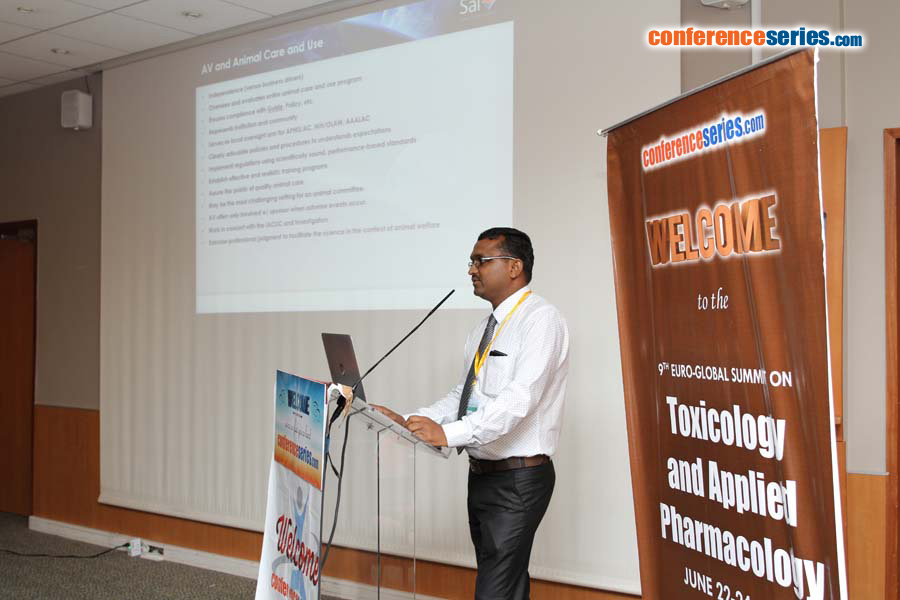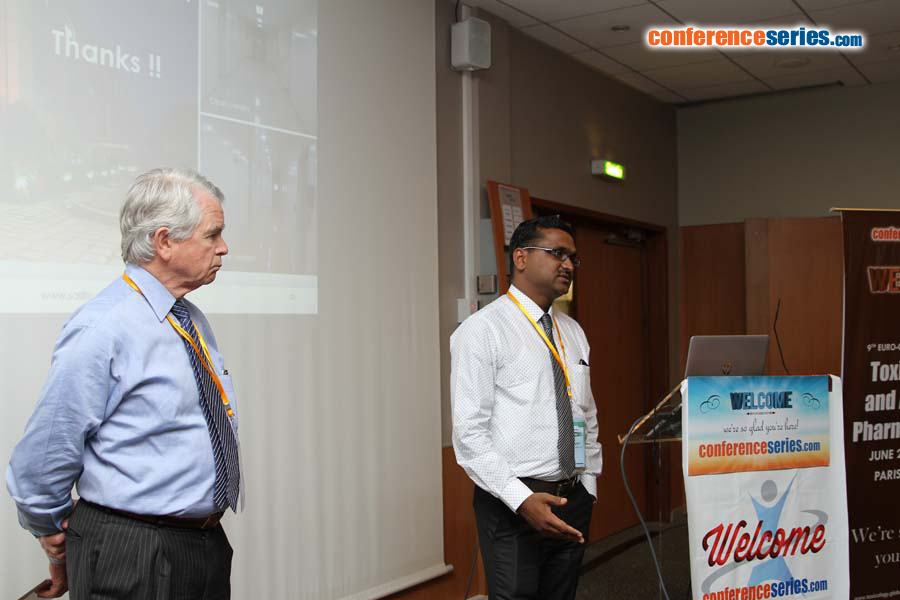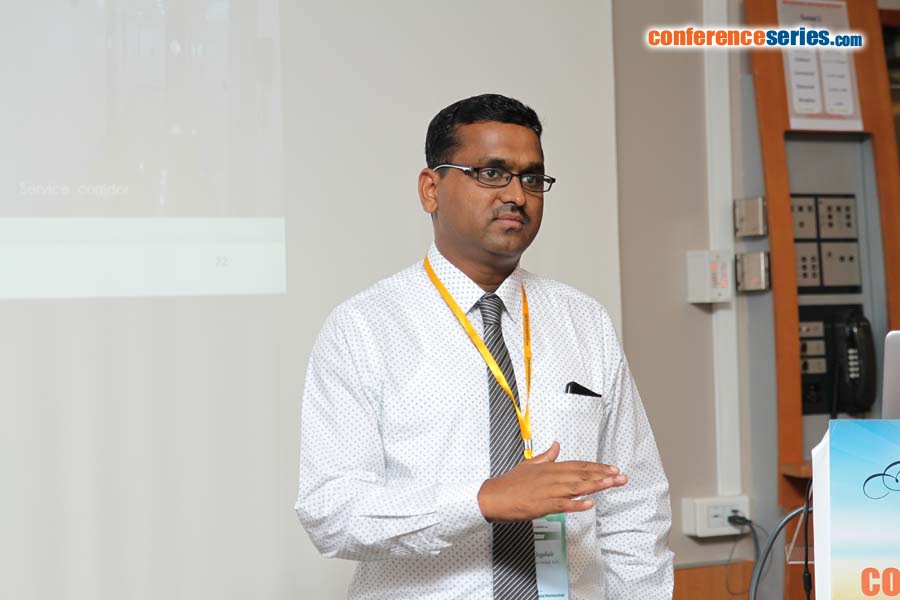Vijay Jagdale
Sai Life Sciences Ltd., India
Title: Strategy for the early drug discovery assays and toxicology screening
Biography
Biography: Vijay Jagdale
Abstract
Developing a new drug from original idea to the launch of a finished product is a complex process where strategic planning plays crucial role to reduce usual time (12–15 years) as well as cost ( 1 billion $) for all the processes. The pharmaceutical industry has been evolving worldwide in the recent years, which made numerous CROs and biotech companies conducting such programs through services in various countries. The proper selection and applications of correct models, as well as appropriate data interpretation, are critically important in decision making and successful advancement of drug candidates. The successful discovery program includes strategic execution and read outs from initial assays like physicochemical characterization (kinetic solubility, thermodynamic solubility, pH dependent solubility and lipophilicity), absorption (PAMPA, MDCK permeability, Caca-2 permeability, MDCK-MDR1 permeability), metabolism (liver microsomes, hepatocytes, S9 fraction, reaction phenotyping, CYP inhibition and time dependent inhibition) and other preliminary assays (PPB, brain/tissue binding, blood to plasma ration, plasma stability, SGF/SIF stability, buffer stability, etc.) to prioritize leads for the further in-vivo assays. Pharmacokinetics assays needs appropriate execution to rank order compounds based on promising clearance (CL), bioavailability (F%), exposure (AUC), half-life (t1/2), and distribution volume (L). Selective in-vivo PK studies are valuable to confirm whether the applied in vitro assays (in vitro metabolism and absorption) can serve as good predictive models for in vivo PK in terms of plasma clearance and bioavailability. The early application of preclinical safety assessment-both new molecular technologies as well as more established approaches such as standard repeat-dose rodent toxicology studies can identify predictable safety issues earlier in the testing paradigm. These earlier identification of dose-limiting toxicities will provide chemists and toxicologists the opportunity to characterize the dose-limiting toxicities, determine structure–toxicity relationships and minimize or circumvent adverse safety liabilities. Early stages includes nonclinical safety studies on candidate drugs to assess general toxicology (through in vivo experiments), safety pharmacology (effects on major organ systems) and basic genetic toxicity tests during early discovery phase in non-GLP conditions. Because of this, there is a strong need for personnel involved with toxicology and pharmacology studies need to understand the varied tools and approaches to perform early drug discovery safety analysis.




